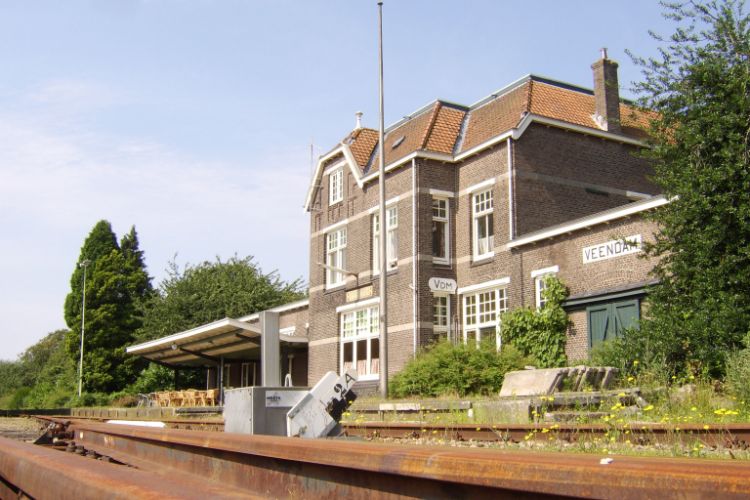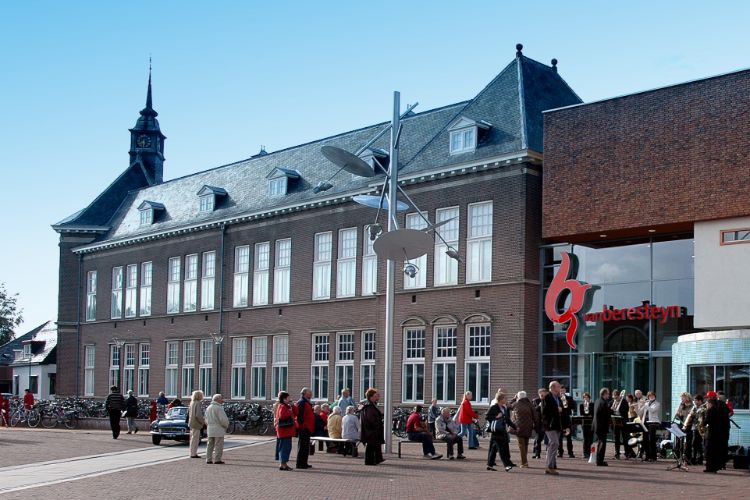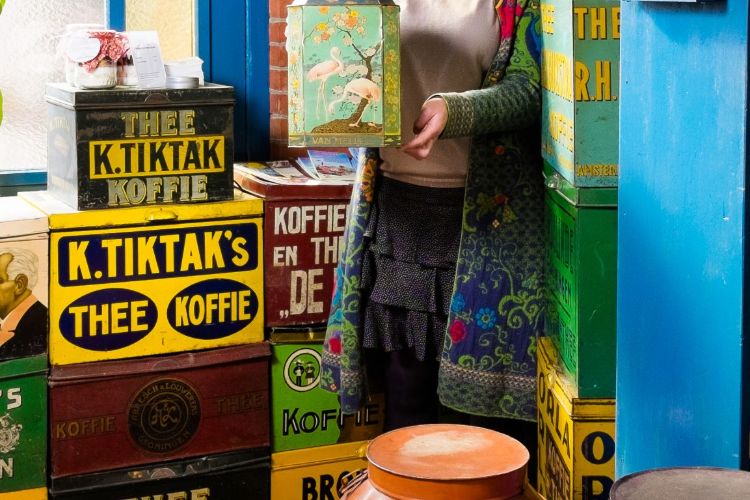Are you curious about the history of industry and innovation? These are the top industrial heritage museums in Province of Groningen:

Museumspoorlijn STAR
StadskanaalMuseumspoorlijn STAR includes diesel trains and a historical steam train and is located between Veendam and Musselkanaal. With a track of 26 kilometres it is the longest museum line of the Netherlands. The carriages shed is converted into a museum, where a collection of authentic attributes from the
Veenkoloniaal Museum Veendam
VeendamThe Veenkoloniaal Museum is a cultural history museum dedicated to the Groningen ‘Veenkoloniën’. The museum covers East Groningen, peat growth and the ‘Bourtanger Moor’. The permanent collection consists of two subcollections: a maritime collection and a collection with objects related to the agricu
Het Behouden Blik
UithuizermeedenWelcome in the smallest museum of the northern Netherlands Here you will encounter a large collection of tin boxes and commercial memorabilia of well-known Dutch brands as De Gruyter, Douwe Egberts, Van Nelle, Van Houten, Broekema, Verkade, Niemeijer, Tiktak and many more. The collection offers
Nationaal Bus Museum
HoogezandHave you ever wondered what happened to all those wonderful old buses that ran in the Netherlands and which you only now see in old films and books? Well, the good news is, some of them live on! While thousands went to the scrap yard at the end of their working lives, some have found their way into
Museumgemaal Cremer
TermunterzijlMuseumgemaal Cremer is a pumping station from 1930. Natural gas production caused subsidence which made the building of a new pumping station inevitable. In 2002, the pumping station was no longer used and became a museum pumping station. It is named after father and son Cremer, hydraulic engineers